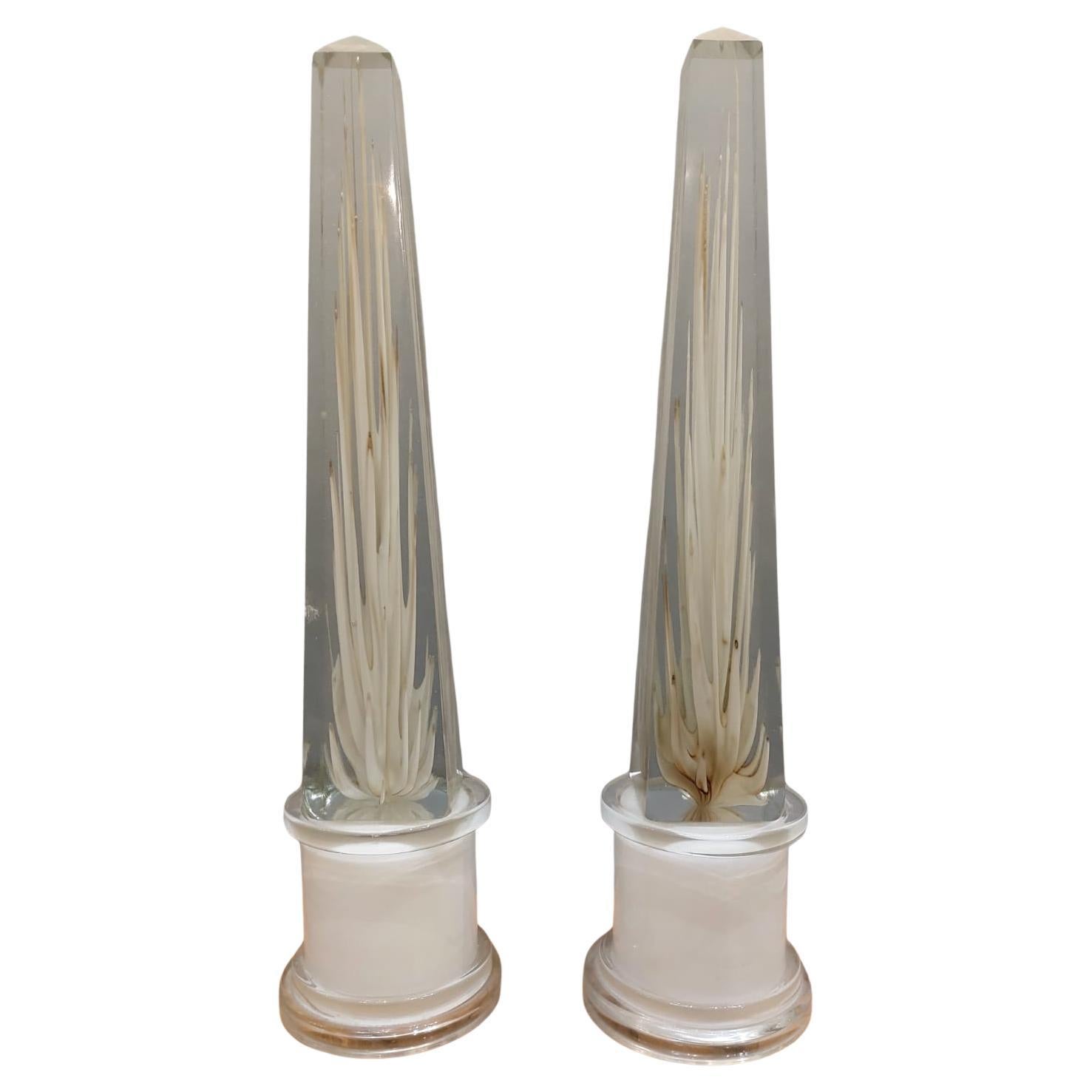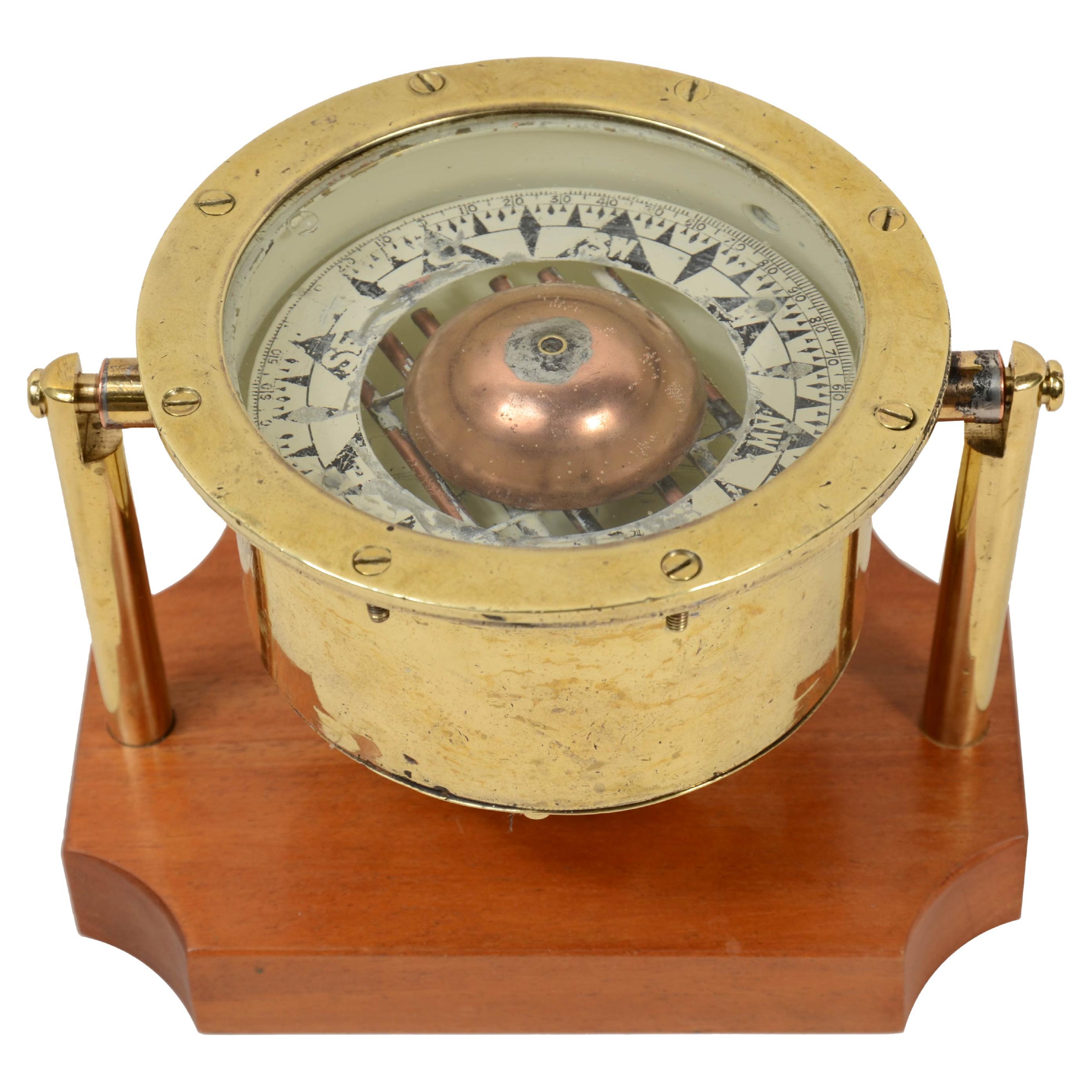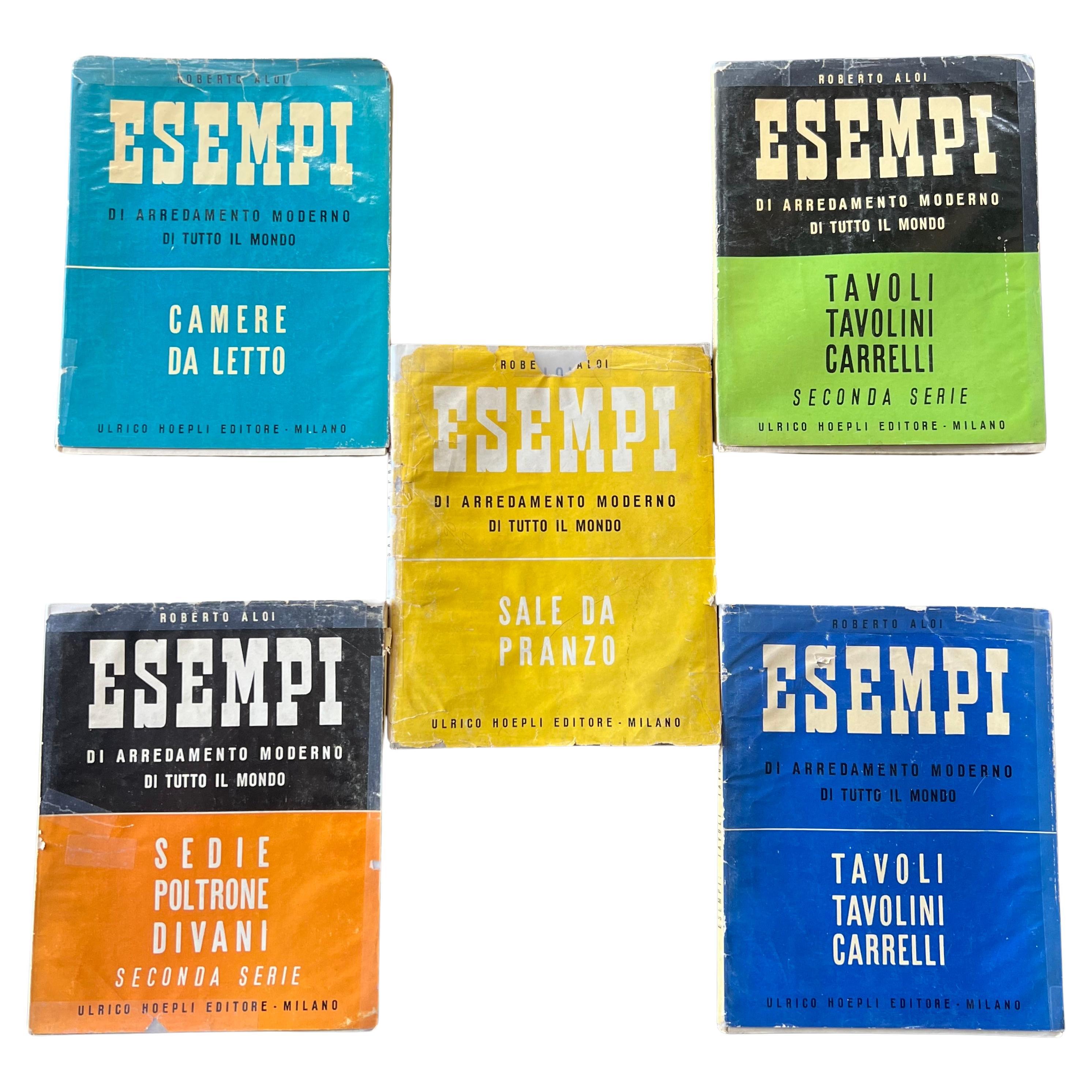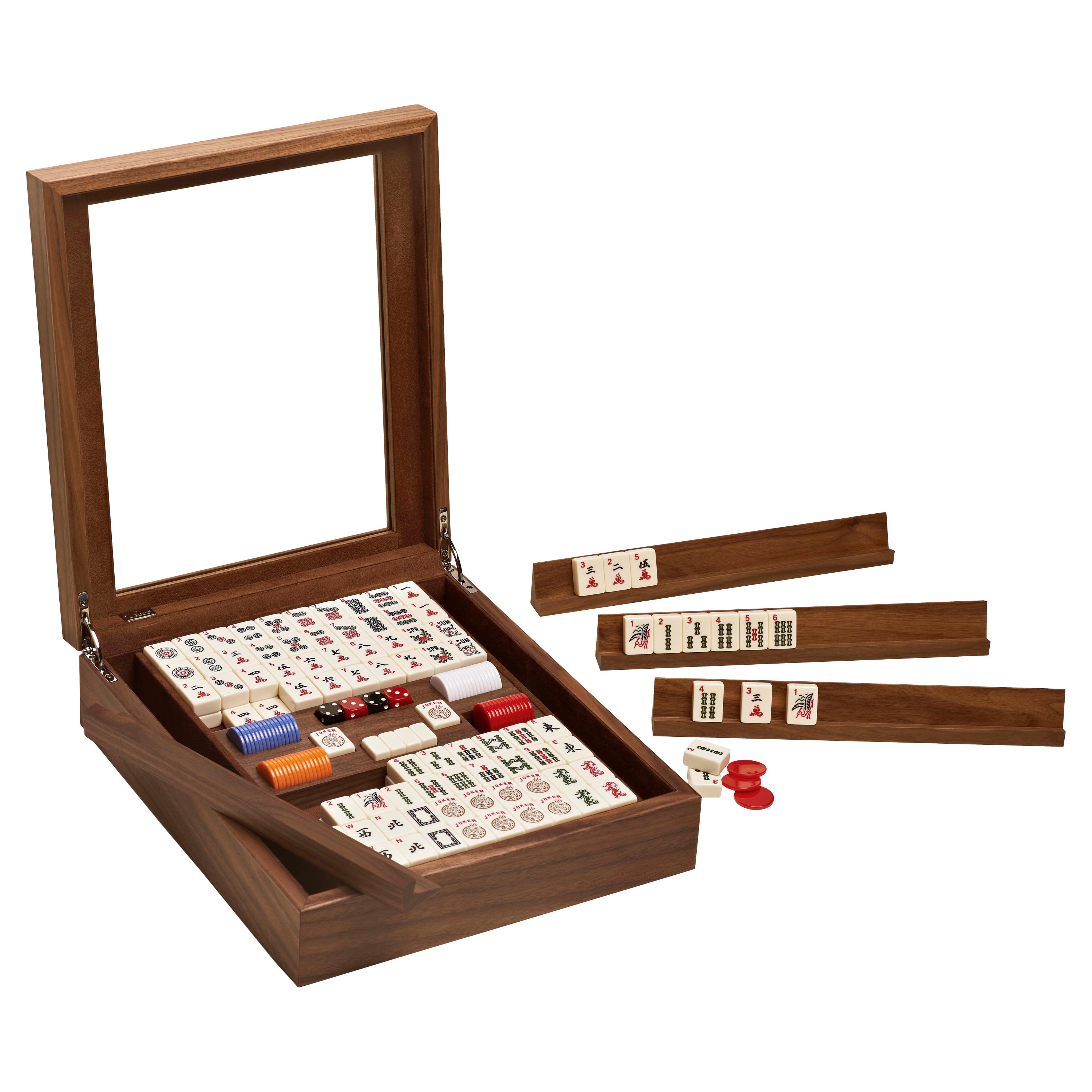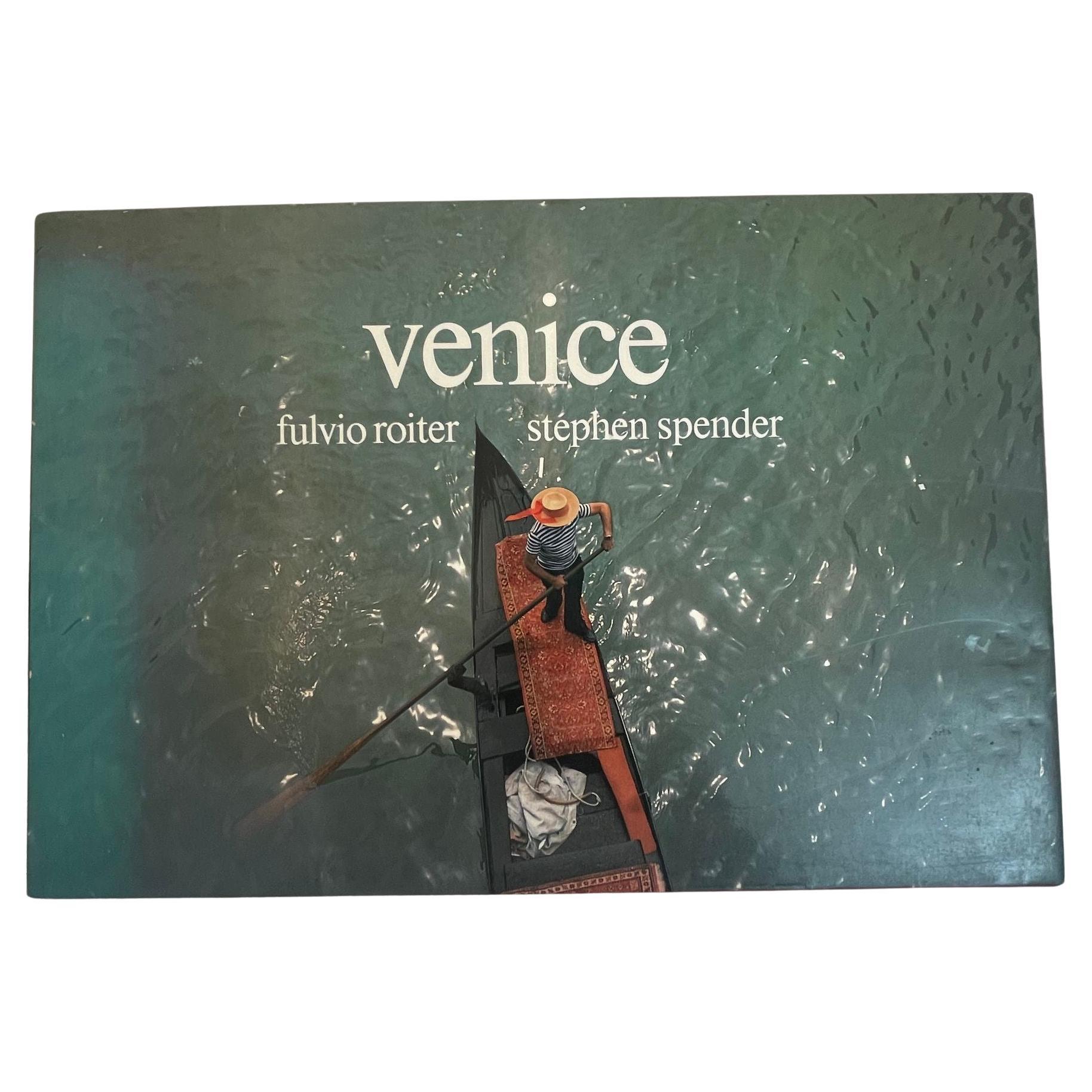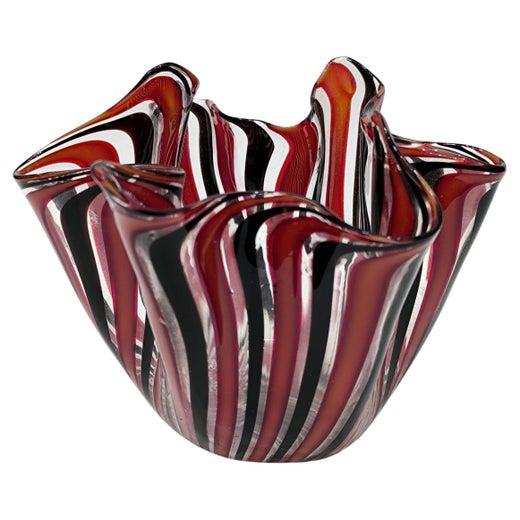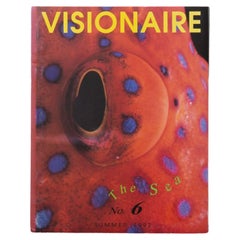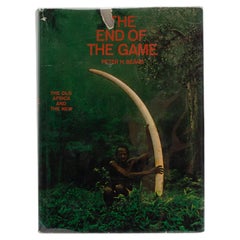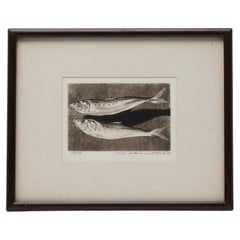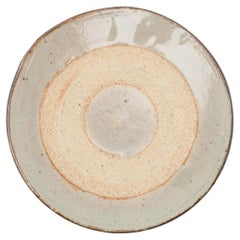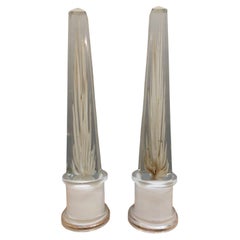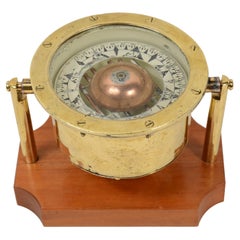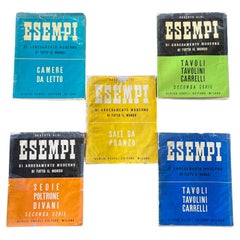Fulvio Bianconi - Designi di BIANCONI
About the Item
- Creator:Fulvio Bianconi (Designer),Fulvio Bianconi (Artist)
- Dimensions:Height: 13.5 in (34.29 cm)Width: 9.75 in (24.77 cm)Depth: 0.75 in (1.91 cm)
- Materials and Techniques:Paper,Other
- Place of Origin:
- Period:
- Date of Manufacture:1950's
- Condition:Wear consistent with age and use.
- Seller Location:Vancouver, CA
- Reference Number:1stDibs: LU9387238328172
Fulvio Bianconi
For a range of work that includes everything from illustrating thousands of books and other publications to his role as a visionary glassmaker, Fulvio Bianconi is remembered as one of the most innovative cross-disciplinarian artists of the postwar era.
Born in Ponte di Brenta in 1915, Bianconi showed a prodigious talent for drawing at an early age and, as a teenager, earned money as a portraitist. He also worked as an apprentice decorator in his youth at the Murano glass furnaces, where he first discovered the art of glassmaking.
In 1933, he moved to Milan to pursue a career as a graphic artist, and it was there he met Dino Villani, a painter who had ties to some of Milan’s most prestigious publishing houses and advertising firms. However, at the onset of World War II, Bianconi paused his graphic design ambitions and joined the army. In 1944, he narrowly escaped the infamous Via Rasella Nazi raids in German-occupied Rome.
Following the war, Bianconi went to work designing perfume bottles for the Milan perfume house Giviemme at Venini glassworks, where he worked with glass masters Ermete and Arturo Biassuto. Bianconi became one of Venini’s most influential glass designers — and was appointed artistic director following Carlo Scarpa — known for his bold use of color, modern style and unique, playful designs.
Among Bianconi's most iconic works in glass are the series of glass figures from the Commedia dell’Arte, his remarkably fluid bowls, and the patchwork “Pezzato” technique — his colorful vases created with this technique feature patterns that resemble those of a patchwork quilt. Works made in this fashion caused a sensation at the 25th Venice Biennale in 1950.
Venini co-founder Paolo Venini’s best designs are thought to be his two-color Clessidre hourglasses, produced from 1957 onward, and the Fazzoletto (“handkerchief”) vase, designed with Bianconi in 1949.
Bianconi worked with several other glass studios, including Cenedese in 1954 and Vistosi in 1963, creating decorative vessels, bowls, hourglasses and sculptures. He was also a graphic designer with the Italian publishing house Garzanti for nearly 30 years. Bianconi’s portfolio of graphic design included work for FIAT, Pathé and Pirelli, among others.
Bianconi’s glassworks are held in museum collections worldwide, including London’s Victoria and Albert Museum, the Museum of Modern Art and the Corning Museum of Glass in New York. The artist died in 1996.
On 1stDibs, discover a range of vintage Fulvio Bianconi decorative objects, glassware and lighting.
Fulvio Bianconi
For a range of work that includes everything from illustrating thousands of books and other publications to his role as a visionary glassmaker, Fulvio Bianconi is remembered as one of the most innovative cross-disciplinarian artists of the postwar era.
Born in Ponte di Brenta in 1915, Bianconi showed a prodigious talent for drawing at an early age and, as a teenager, earned money as a portraitist. He also worked as an apprentice decorator in his youth at the Murano glass furnaces, where he first discovered the art of glassmaking.
In 1933, he moved to Milan to pursue a career as a graphic artist, and it was there he met Dino Villani, a painter who had ties to some of Milan’s most prestigious publishing houses and advertising firms. However, at the onset of World War II, Bianconi paused his graphic design ambitions and joined the army. In 1944, he narrowly escaped the infamous Via Rasella Nazi raids in German-occupied Rome.
Following the war, Bianconi went to work designing perfume bottles for the Milan perfume house Giviemme at Venini glassworks, where he worked with glass masters Ermete and Arturo Biassuto. Bianconi became one of Venini’s most influential glass designers — and was appointed artistic director following Carlo Scarpa — known for his bold use of color, modern style and unique, playful designs.
Among Bianconi's most iconic works in glass are the series of glass figures from the Commedia dell’Arte, his remarkably fluid bowls, and the patchwork “Pezzato” technique — his colorful vases created with this technique feature patterns that resemble those of a patchwork quilt. Works made in this fashion caused a sensation at the 25th Venice Biennale in 1950.
Venini co-founder Paolo Venini’s best designs are thought to be his two-color Clessidre hourglasses, produced from 1957 onward, and the Fazzoletto (“handkerchief”) vase, designed with Bianconi in 1949.
Bianconi worked with several other glass studios, including Cenedese in 1954 and Vistosi in 1963, creating decorative vessels, bowls, hourglasses and sculptures. He was also a graphic designer with the Italian publishing house Garzanti for nearly 30 years. Bianconi’s portfolio of graphic design included work for FIAT, Pathé and Pirelli, among others.
Bianconi’s glassworks are held in museum collections worldwide, including London’s Victoria and Albert Museum, the Museum of Modern Art and the Corning Museum of Glass in New York. The artist died in 1996.
On 1stDibs, discover a range of vintage Fulvio Bianconi decorative objects, glassware and lighting.
- ShippingRetrieving quote...Shipping from: Vancouver, Canada
- Return Policy
More From This Seller
View All1990s American Books
Paper
Vintage 1960s American Books
Acrylic, Paper
Vintage 1980s Japanese Drawings
Other
Early 20th Century Ceramics
Ceramic
Vintage 1970s Italian Modern Floor Lamps
Resin, Fiberglass
Early 20th Century Japanese Glass
Glass, Blown Glass
You May Also Like
Vintage 1950s Obelisks
Blown Glass, Murano Glass
Antique Late 19th Century Nautical Objects
Brass
Vintage 1950s Italian Mid-Century Modern Books
Paper
21st Century and Contemporary Italian Modern Games
Walnut
Antique Mid-18th Century European Religious Items
Giltwood
Late 20th Century Italian Renaissance Books
Paper
